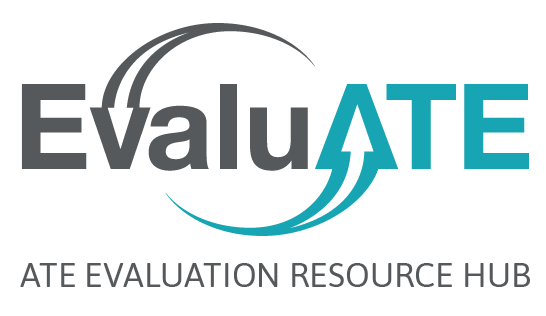If you need to evaluate your project, but get confused about whether there should be a student assessment component, it’s important to understand the difference between project evaluation and student assessment. Both are about rendering judgments about something and they are often used interchangeably. In the world of grant-funded education projects however, they have overlapping yet quite different meanings. When you do a project evaluation, you are looking at to what extent the project is meeting its goals and achieving its intended outcomes. When you are assessing, you are looking at student progress in meeting learning goals. The most commonly used instrument of assessment is a test, but there are other mechanisms for assessing learning as well, such as student reports, presentations, or journals.
Not all project evaluations require student assessments and not all assessments are components of project evaluations. For example, the goal of the project may be to restructure an academic program, introduce some technology to the classroom, or get students to persist through college. Of course, in the end, all projects in education aim to improve learning. Yet, by itself, an individual project may not aspire to directly influence learning, but rather influence it through a related effort. In turn, not all assessments are conducted as components of project evaluations. Rather, they are most frequently used to determine the academic progress of individual students.
If you are going to put a student assessment component in your evaluation, answer these questions:
- What amount of assessment data will you need to properly generalize from your results about how well your project is faring? For example, how many students are impacted by your program? Do you need to assess them all or can you limit your assessment administration to a representative sample?
- Should you administer the assessment early enough to determine if the project needs to be modified midstream? This would be called a formative assessment, as opposed to a summative assessment, which you would do at the end of a project, after you have fully implemented your innovation with the students.
Think also about what would be an appropriate assessment instrument. Maybe you could simply use a test that the school is already using with the students. This would make sense, for example, if your goal is to provide some new curricular innovations in a particular course that the students are already taking. If your project fits into this category, it makes sense because it is likely that those assessments would have already been validated, which means they would have been piloted and subsequently modified as needed to ensure that they truly measure what they are designed to measure.
An existing assessment instrument may not be appropriate for you, however. Perhaps your innovation is introducing new learnings that those tests are not designed to measure. For example, it may be facilitating their learning of new skills, such as using new mobile technologies to collect field data. In this situation, you would want your project’s goal statements to be clear about whether the intention of your project is to provide an improved pathway to already-taught knowledge or skills, or a pathway to new learnings entirely, or both. New learnings would require a new assessment. In my next post, I’ll talk about validity and reliability issues to address when developing assessments.

Except where noted, all content on this website is licensed under a Creative Commons Attribution-NonCommercial-ShareAlike 4.0 International License.





 EvaluATE is supported by the National Science Foundation under grant number 2332143. Any opinions, findings, and conclusions or recommendations expressed on this site are those of the authors and do not necessarily reflect the views of the National Science Foundation.
EvaluATE is supported by the National Science Foundation under grant number 2332143. Any opinions, findings, and conclusions or recommendations expressed on this site are those of the authors and do not necessarily reflect the views of the National Science Foundation.